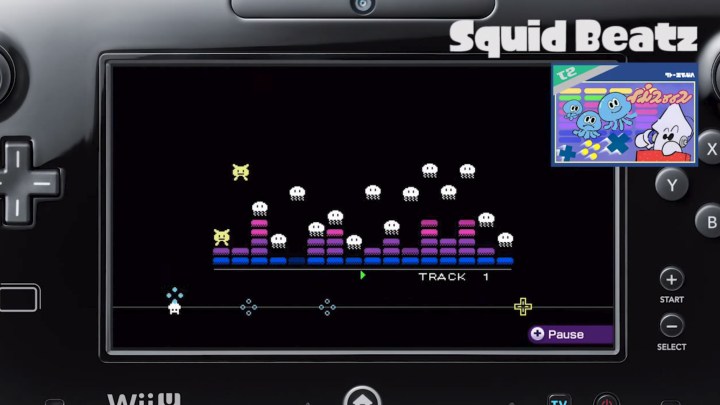
Namco filed for US Patent 5,718,632 in 1995, protecting the company’s innovations within the field of “auxiliary games” that users can play while a longer or more substantial video game loads in the background. While many games feature interactive loading screens, Namco’s patent prevents developers from implementing entirely unique minigames without the company’s permission or license.
Namco applied for the patent shortly after releasing the PlayStation version of its arcade racing game Ridge Racer. Ridge Racer features a playable version of Namco’s classic shooter Galaxian during its bootup sequence while the core game loads into system memory.
The feature proved popular among early PlayStation adopters, and Namco equipped many of its subsequent releases with similar minigames. The PlayStation version of Namco’s 3D fighter Tekken launches with a series of playable stages from 1981’s Galaga, while Ridge Racer Revolution‘s startup sequence featured a bonus round from Galaga ’88.
Though games like Bayonetta and Rayman Legends feature playable loading screens, these sequences expand on existing game mechanics, rather than shifting to an entirely different style of play. Namco’s patent potentially dissuaded many developers from experimenting within the field, leading to decades of non-interactive loading screens and status bars.
Nintendo’s Splatoon recently bucked the trend with a number of minigames that remain playable while the game performs background tasks during multiplayer matchmaking. Splatoon‘s minigames track player progress across multiple loading screens, and new minigames are unlockable via compatible amiibo figures. It’s possible that more multiplayer games will add similar features now that Namco no longer holds a patent on the technology.
Namco has not issued a statement regarding its patent’s expiration.


